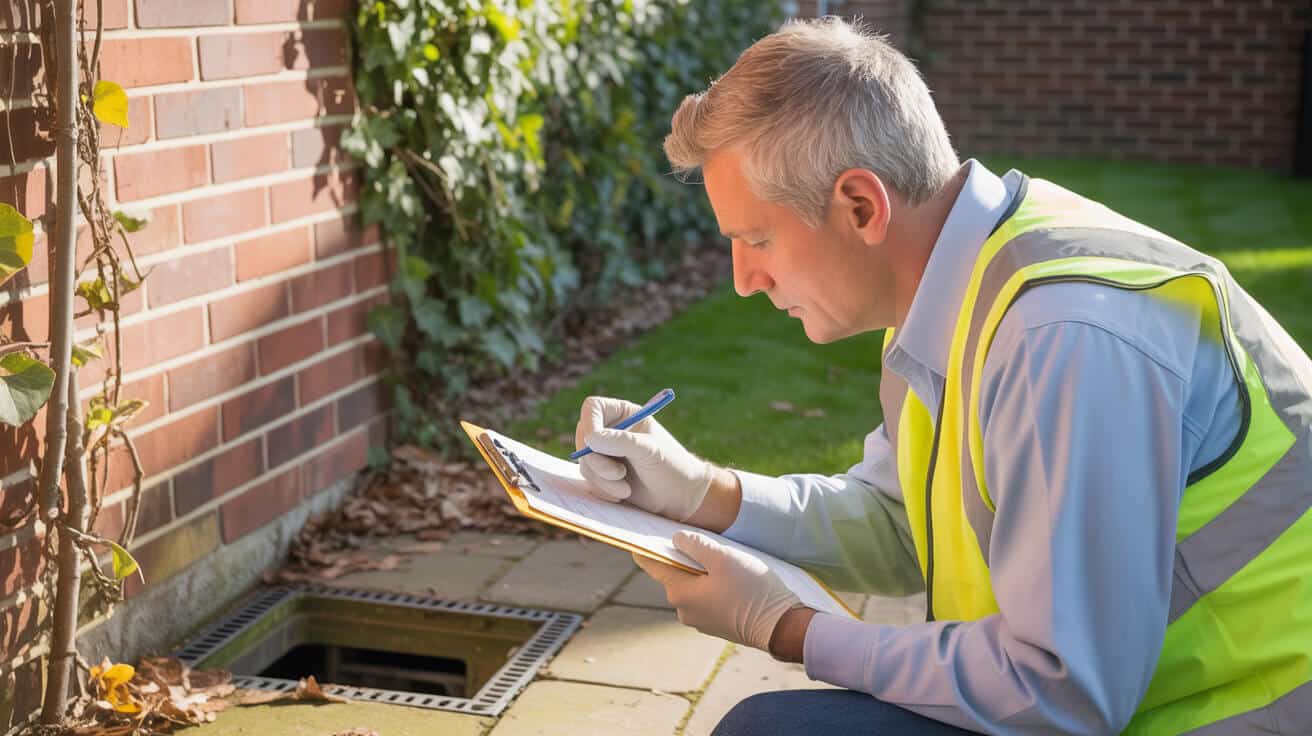 10 Things to Consider Before Starting a Bathroom Renovation
10 Things to Consider Before Starting a Bathroom Renovation
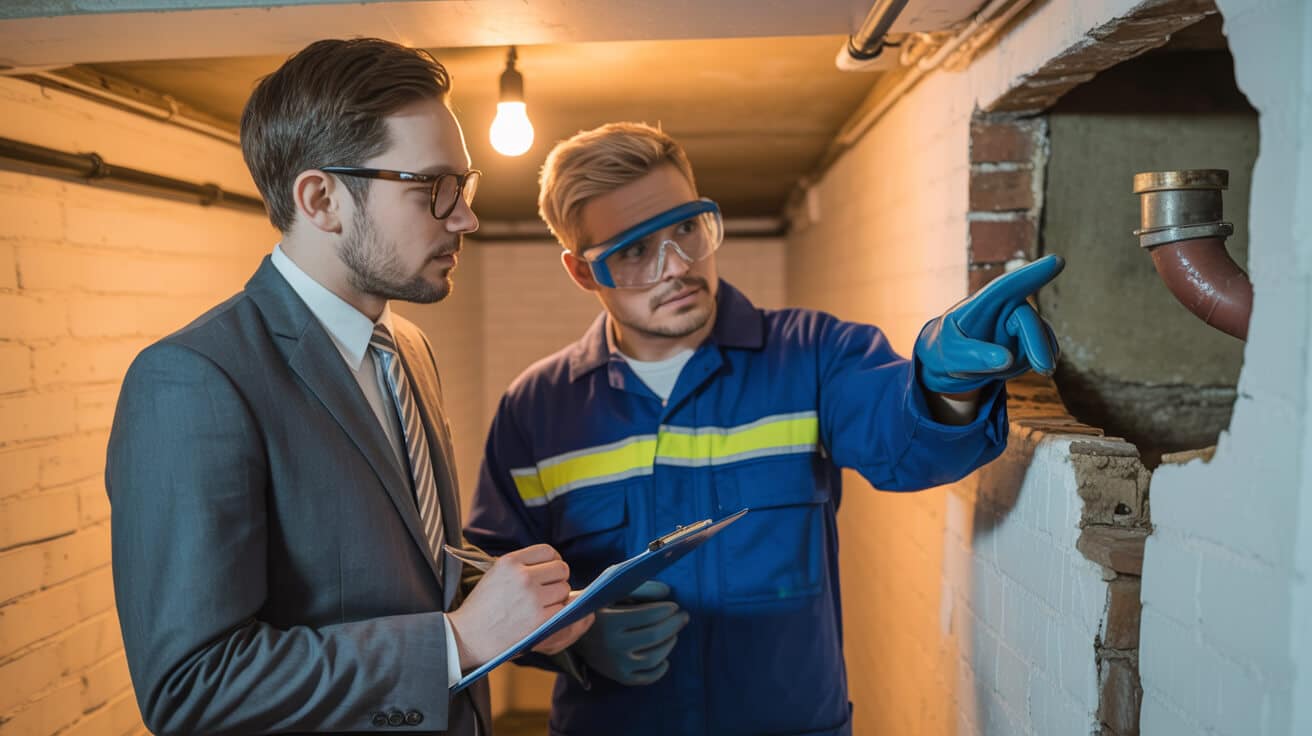
What Are the Hidden Dangers in a Bathroom Renovation That Most Miss Until It’s Too Late?
There’s something deeply satisfying about a bathroom that works flawlessly—a place where steam clears, water stays in its lane, and value endures long after the gloss. Yet, even the most promising bathroom renovation journeys can take a sharp detour towards regret if hidden dangers are ignored in the rush for new tiles and quick results. Homeowners, landlords, agents, and commercial property managers alike usually find out the hard way: what matters most in a bathroom isn’t what shines—it’s what stays safe, legal, and watertight behind the walls.
Most bathroom disasters start with what you didn’t know was wrong in the first place.
Upgrading a bathroom means more than choosing fixtures; it’s about spotting the tripwires others overlook. The invisible hazards—decaying old pipework, outdated wiring, overlooked isolation valves, false WRAS compliance, or skipped Building Regulations—are the real source of cost blowouts, failed sign-offs, and even uninsurable risk. Even reputable firms can overlook crucial compliance checks or allow small sequencing mistakes to become years-long headaches. The cost? Not just a few pounds: your time, your property’s value, your legal standing, and sometimes even your ability to let, sell, or insure the building itself.
Ignore the details, and that new bathroom could come with a price tag you won’t see until far too late.
Where Do Most Renovations Go Wrong Before They Even Start?
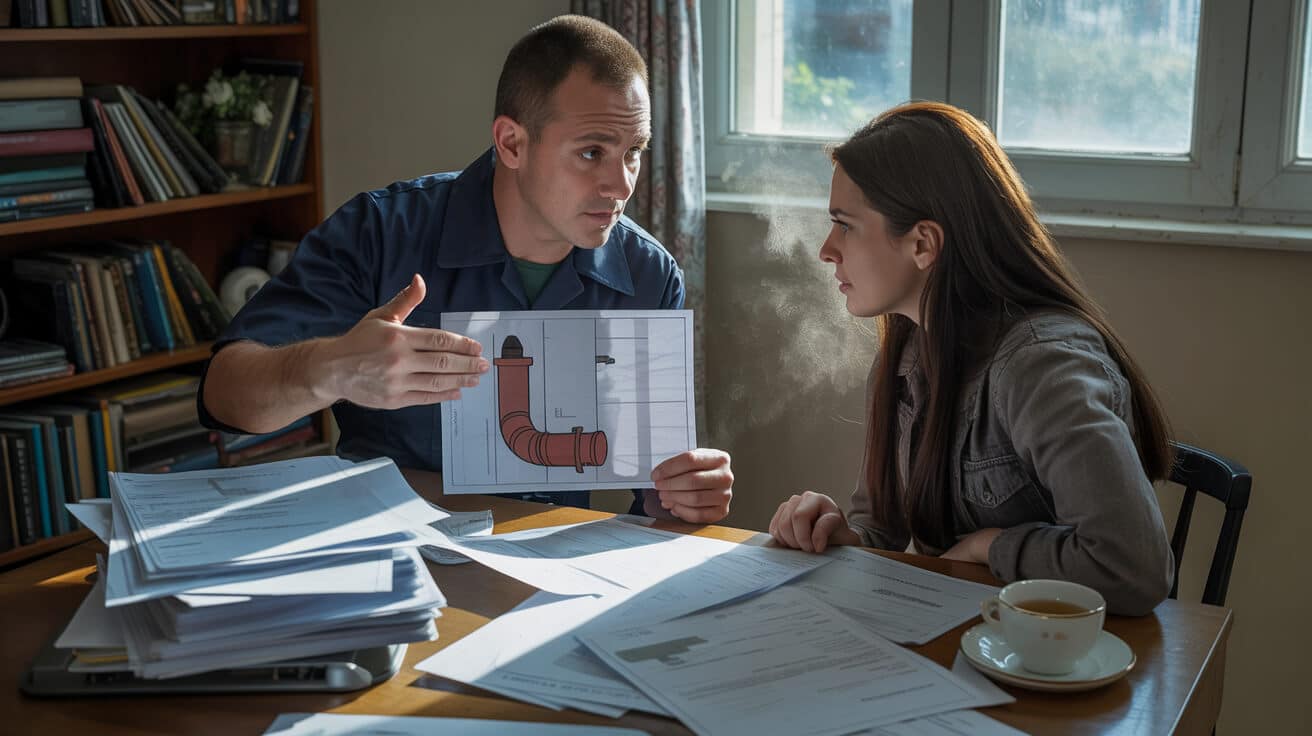
The most tragic errors in bathroom renovations happen before a single tile lifts. It’s a false sense of confidence—assuming last decade’s pipework is “probably fine,” failing to check isolation valves, or skipping a compliance survey because “the old suite worked.” With UK regulations and plumbing standards shifting every few years, the risks rise for anyone planning on a hunch.
Why Early Surveys Are the “Insurance” You Didn’t Know You Needed
For every job Plumbers 4U expert Hector Gauge undertakes, the process starts with a full, hands-on survey: visually isolate the mains, exercise every valve, map every old joint, and photograph before any tool is swung. It’s this groundwork—sometimes skipped in “mate’s rates” jobs—that saves thousands in later damage, call-backs or compliance failures.
- Isolation: Test every shut-off valve; assume nothing works until proven. Most stopcocks are never exercised until crisis.
- Floors and Panels: Probe for rot or moisture under baths, behind basins, along window ledges, and at every old waste.
- System Pressure: Monitor for hidden leaks by conducting a pressure-drop test post-drain-down.
- Photographic Record: Take “before” photos of every joint, valve, and control. If something’s not logged, it’s left to chance.
Cheap quotes often forget the most expensive parts—the stuff you can’t see.
A Checkatrade survey confirms up to 70% of UK bathroom refits reveal an extra £600–£2,000 in hidden fixes—from rotten joists to non-compliant pipes—almost always missed when superficial surveys are skipped (Checkatrade, Architectures Style).
Can You Trust Your Water Isolation Valves—Or Are You Heading for a Nightmare?
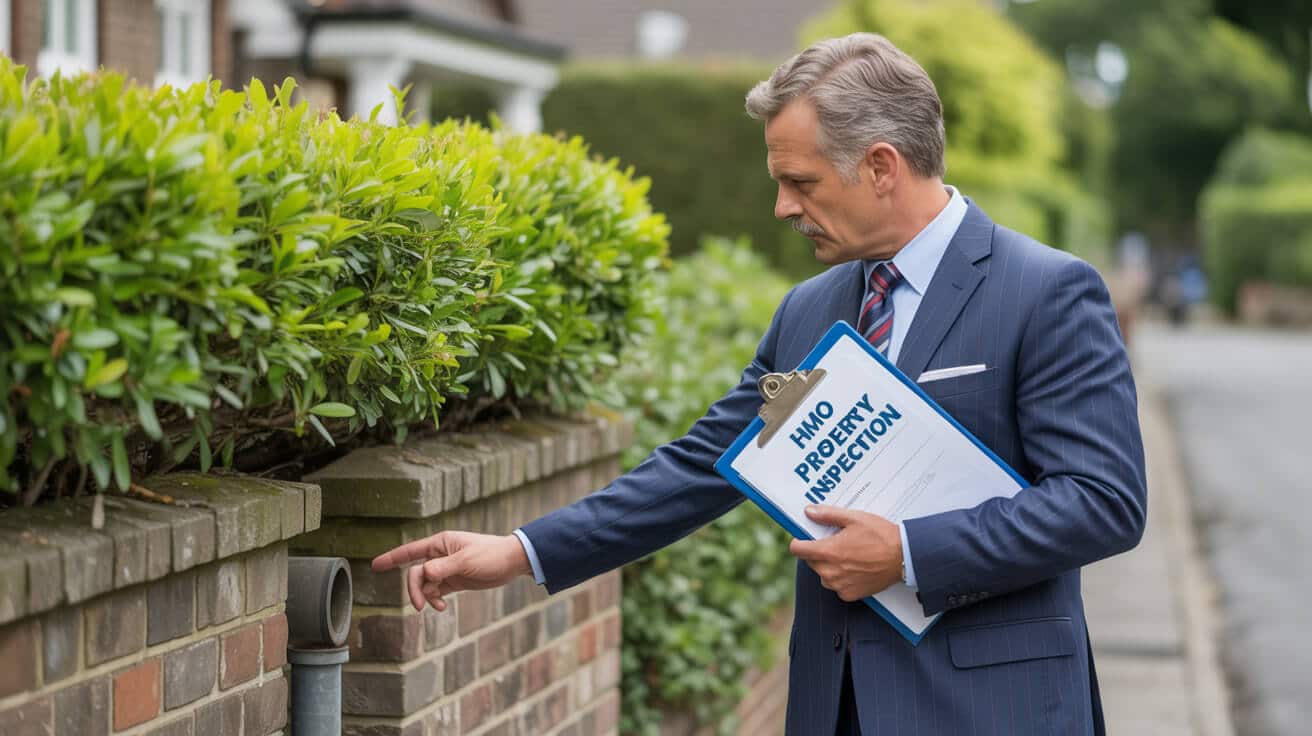
A dry bathroom is a happy bathroom. But you’d be shocked how many UK renovations end up with unexpected floods—not from a pipe burst, but from isolation valves and stopcocks that don’t actually work. The property pays the price: schedule delays, costly water damage, and sometimes even legal wrangling over responsibility.
Why “Test and Prove” Beats Trust Every Time
Homeowners and property managers should demand a systematic isolation test before a single fixture is removed:
- Every valve gets exercised: —stopcock, appliance isolator, cistern valve—then checked for full shut-off.
- Document the chain: Record every valve with photos and label where each stops water.
- Drain, test, prove dry: Only after the system is genuinely isolated and “bone dry” should the tear-out begin.
🚰 “Test every shut-off—stopcock, appliance isolator, cistern valve—until the system runs bone dry. Only once you’ve confirmed, documented, and photographed every valve in the chain do pipes get cut or removed. It’s a failsafe that prevents a minor swap turning into a flooded floor and a ruined schedule.”
A WRAS-trained plumber treats this as non-negotiable. In the wake of a failed isolation, insurers and loss adjusters start combing through documentation; without proof, cost recovery gets dicey, and your claim can be refused outright.
The difference between a panic and a proof-based call-out? One was mapped and isolated first.
Why Conventional Budgeting Leaves You with a Shock When the Walls Come Down
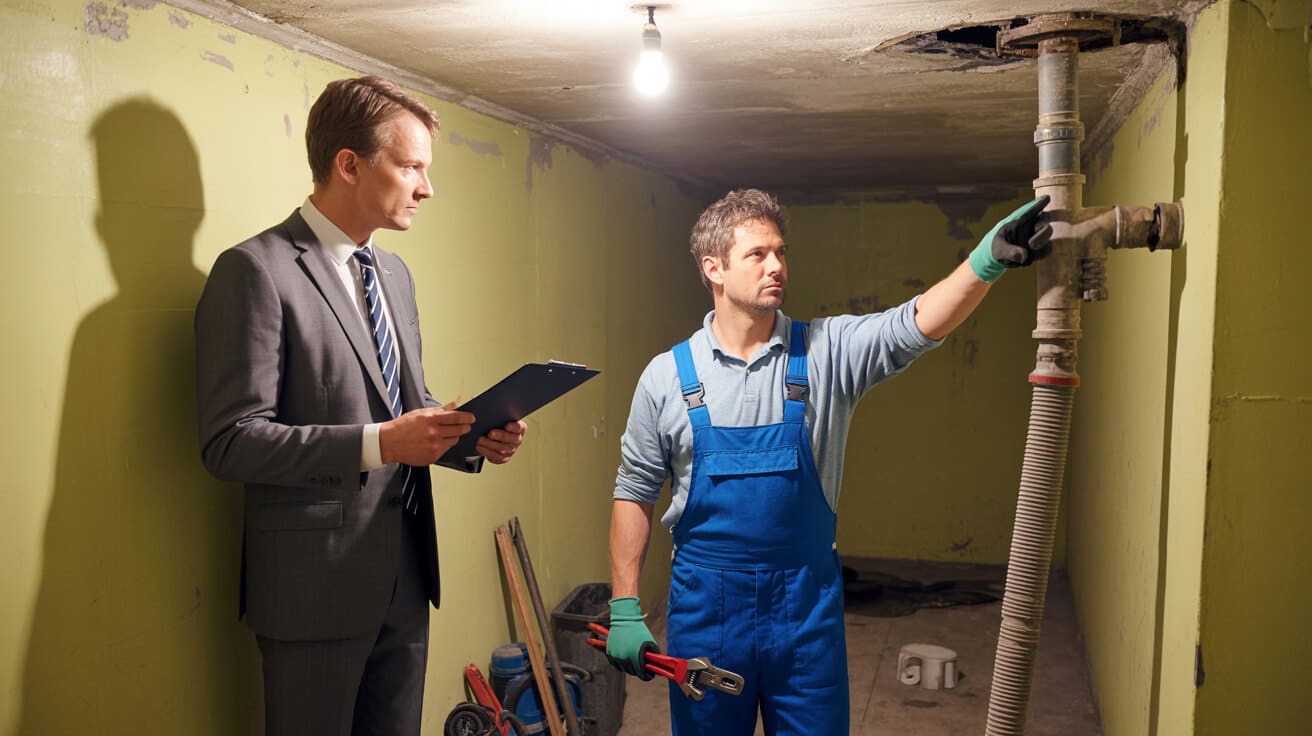
If you’ve set your sights on the “typical” renovation budget of £4,000–£8,000, brace for a reality check. In most UK properties, behind the suite lurk decades-old pipes, patch-repaired wastes, and legacy wiring runs. These “hidden extras” don’t usually surface until everything is stripped, but by then, you’re mid-commitment—and the cost to fix leaps up fast.
Insist on the Full-Transparency Budget—Or Risk Pain Later
Credible survey and estimation is the differentiator between surprise bills and managed risk. Demand line-by-line breakdowns covering:
- Joist and subfloor integrity: —rot, damp, or borer holes need fixing now, not boxed over.
- Pipework condition: —old lead, steel, or weeping copper comes out, not left to fail next winter.
- Hidden electricals and compliance risks: —junction boxes behind the bath, or wiring outside of current Part P regs.
- Waste runs and isolation upgrades: —vented traps, properly graded falls, and maintenance access.
- Insulation and lagging for external wall pipes: —Freeze risk can make a hidden trap a full-bathroom disaster come January.
🚰 “A line-by-line mapping of probable risks: damp or rotten joists, corroded or disused pipes, unknown electrical junctions, insulation gaps, and anything else uncovered in a proper survey. If your fit-out plan doesn’t explicitly reserve 10–15% for hidden repairs and compliance checks, consider that a warning sign. Every possible urgency should be disclosed, monitored, and budgeted on paper—well before works start.”
The ugly truth: most refits add £600–£2,000 in unexpected remedial costs during strip-out (Architectures Style). Only transparency and a well-scoped contingency stave off disappointment—never “cheap and cheerful” guesswork.
The quality you pay for is the one proven by photos, itemised findings and open-book estimating.
Are You Certain Your Bathroom Will Pass Every Building Regulation—and Will It Matter If It Doesn’t?
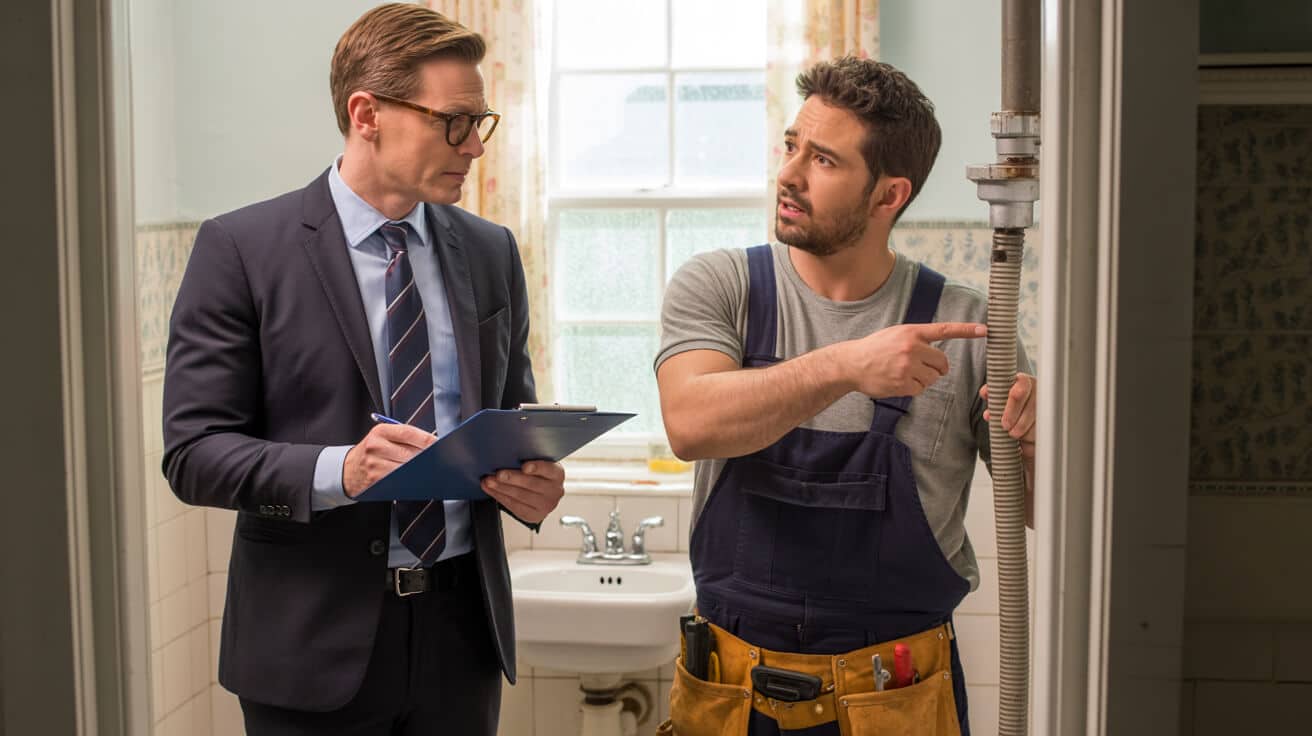
This is where property owners, especially landlords and agents, live and die by documentation and compliance. The UK layers multiple pieces of legislation atop a single bathroom: Part G for water, Part H for waste, Part P for electrics, Part F for ventilation, plus Building Control oversight for anything more than a like-for-like swap. Fail any single one, and your bathroom is unsellable—or, at best, unlettable without expensive remedial correction.
Building Regulations: The Lines You Cannot Cross
Real compliance means more than a tick-box; it is active risk management:
- WRAS applies: to every fitting, tap, and valve—a certificate is required for insurance and sale, not just “quality.”
- G3 certification: means the engineer is legally allowed to fit or repair unvented (pressurised) cylinders.
- Extractor fans: must be chosen, installed, and commissioned to Part F airflow requirements.
- Part P: for electrics means a certified professional wires it, full stop.
- Isolation for all: —not just for convenience, but to ensure everything is maintainable and insurable.
- Building Control: must sign off all significant layout changes or upgrades, and the paperwork should be stored with property files.
🚰 “Your job plan should show every compliance checkpoint: when WRAS applies, where G3 certification is mandatory, and what paperwork Building Control expects. Don’t just rely on fit-and-forget. For instance: TMV valves at every bath, extractor fans matched to Part F airflow, and isolation for all electrics. Like-for-like swaps can be easier, but any significant layout or fixture change brings a full Building Control review. Document every step and keep an ongoing proof-log.”
Post-2020 data show more than half of failed sign-offs can be traced to missing checks on water or waste (CCL Wetrooms, Building Control). These aren’t “gotchas”—they’re guardrails that keep your property’s value intact and your future let/sale safe.
Properties with a clear compliance paper trail outcompete those with only pretty tiles.
Could a £15 Fitting Void Your Warranty? WRAS Approval in the Real World
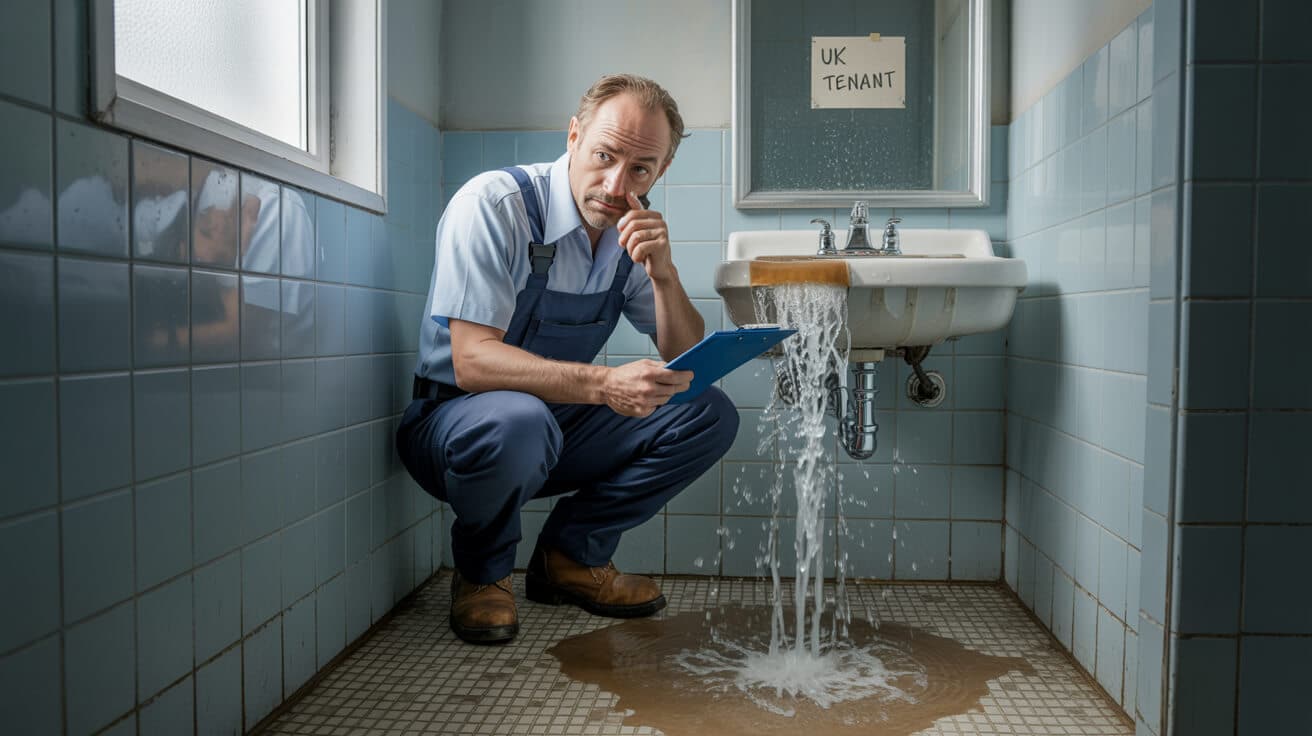
You might not be thinking about WRAS paperwork as you flick through glossy taps and “bargain” shower valves online—but the UK’s insurance and regulatory landscape demands proof that every water system part is both WRAS-approved and properly installed. Skipping this isn’t just a technical foul; it puts your warrant, property value, and let-ability at risk.
Never Settle for “Looks the Same”—Demand Approval Numbers
Every professional fit-out includes:
- Certificate capture and store: Photos of the package, approval number, and evidence that every main part meets WRAS.
- Digital and physical aftercare records: Not just receipts, but a certified parts manifest matching the bathroom exactly as built.
- Supply chain transparency: An installer who won’t show you these isn’t just cutting corners—they’re leaving you open to insurance rejection and failed inspections.
🚰 “Every tap, valve, and fitting must carry a WRAS approval—and you should see both the certificate and packaging photograph in your aftercare record. When Plumbers 4U finishes a job, owners get a real-time, digital record of every approval, matched to the physical job, which you can retain for any insurer, rental agreement, or property sale.”
Anyone can check WRAS approval for themselves on the WRAS Approvals Directory. It’s your right, not a “nice to have.”
A missing approval is not a paperwork error—it’s a red flag for your property and your insurer.
Have You Sequenced the Trades Right—Or Set Yourself Up for Disaster?
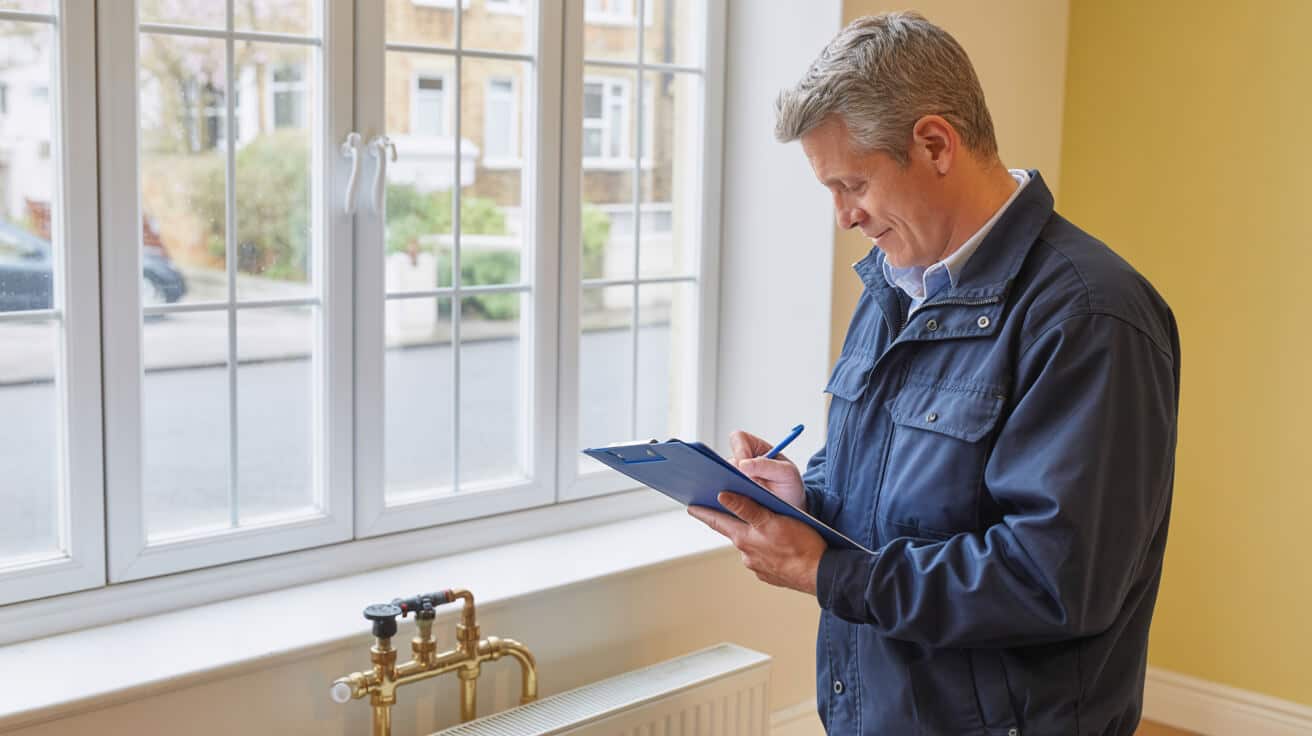
It’s not the flash fixtures but poor sequencing that ruins timelines and doubles costs. The most costly delays and expensive damage in bathrooms happen when one trade jumps ahead—tilers boarding out before pressure tests, sparkies closing up before plumbing is commissioned, decorators boxing in hidden leaks. Every domino that falls out of order means compounding mistakes and ever-rising bills.
The Proven Sequence for Cost and Risk Control
A zero-fault renovation follows a disciplined order:
- Strip-out and full first-fix: Old suite out, subfloor and joists checked, pipe and wire runs mapped.
- First-fix plumbing and electrics: All new kit placed and tested; checks, pressure up, photo log.
- Waterproofing and boarding: Area tanked, membranes in, boarding up only after system checks pass.
- Tiling and wall finish: Carefully sequenced after confirmation all services are gas-tight, leak-tight, regulation-tight.
- Second-fix installation: Sanitaryware, electrics, and exposed runs fitted.
- Testing and handover: Photo and sign-off at every stage before tools are packed away.
🚰 “Step 1: Complete strip-out and full first-fix of plumbing and electrics. Step 2: Waterproof the area—tanking and boarding. Step 3: Tile and finish walls or floors. Step 4: Bring in fixtures for second-fix. Step 5: Final decorate, commission, and handover. Each step is documented with a sign-off photo and a compliance tick. No skipping phases; nothing gets boxed in until independently checked and pressure-tested.”
A Homebuilding survey found that proper sequencing cuts defect-driven rework by 30%, and is the number-one indicator of completion within budget and on time (Proguard Products, Homebuilding sources).
It’s not the trades that cost you—it’s the order in which they’re let loose.
Are You Forgetting the “Silent” Fail Points—Ventilation, Pipe Lagging, and Access?
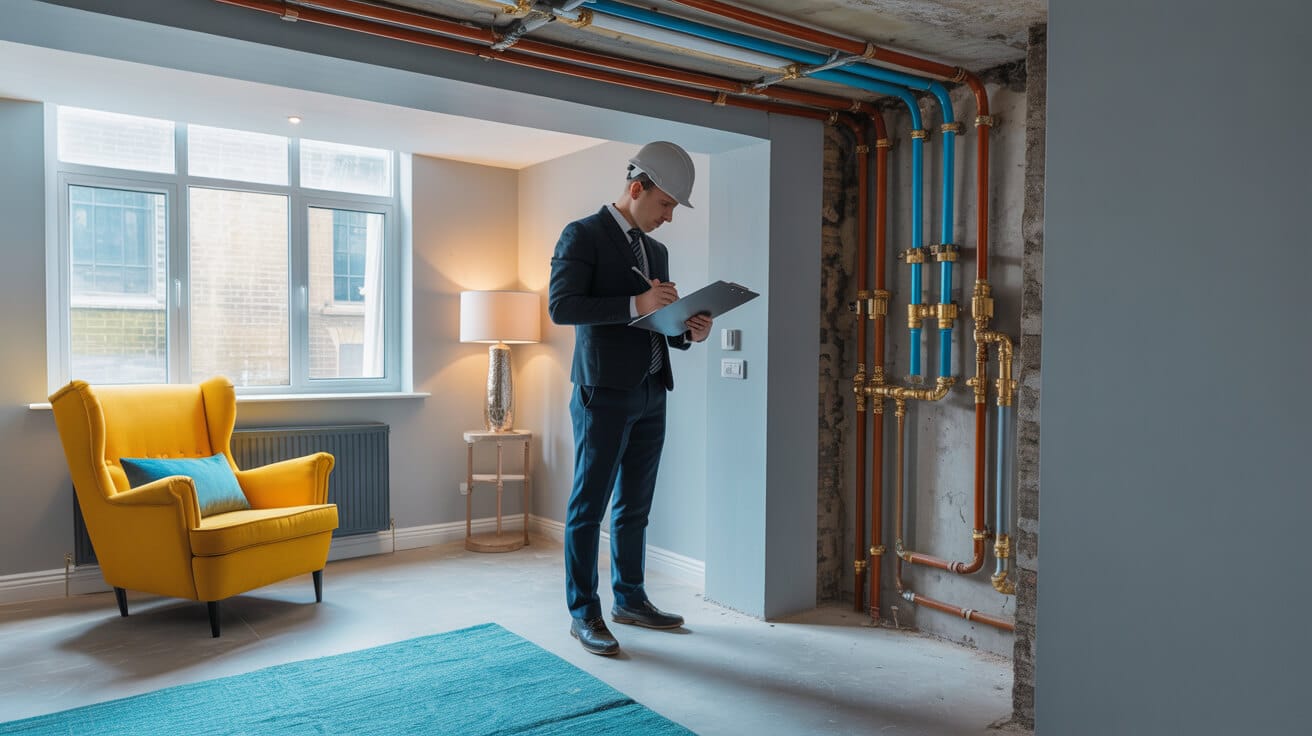
Bathrooms don’t fail on Day 1—they fail in Year 2 when the invisible elements were skipped. Think extractor fans that vent into the loft, pipes unlagged on cold walls, or isolation valves hidden behind tiled panels. These “silent” points won’t show up in the handover walk, but they will bring a cold, musty, or leaky future.
Don’t Let Beauty Blind You to Long-Term Risks
The bathroom upgrade that lasts puts invisible details up front:
- Extractor fans and ventilation: Matched to Part F, vented to atmosphere, airflow-rated for room size—never “just venting to the loft.”
- Pipe lagging and insulation: All external wall runs insulated, flow and return lines checked for cold bridges; hidden pipes lagged to prevent winter splits.
- Accessible valves and stats: No boxed-in isolators; label everything, and photo-document for maintenance.
- Damp and subfloor scan: Use thermal imaging, probe for moisture at all pipe egress points, especially if property has a history of damp.
🚰 “Extractor fans must suit Part F airflow requirements—dumping steam into lofts is non-compliant and risks decay. Pipes routed through exterior walls? Lag every run, especially hidden pipework vulnerable to freezing or slow leaks. Valve and stat placement should be accessible (not boxed-in) and clearly labelled with before-and-after photos.”
Most post-handover call-outs are to fix issues traceable to overlooked ventilation or lagging that caused mould, dripping, or freezing. Surveyors often call out inadequate extractor fans as the most common fail behind the tilework (builders, survey data).
Hidden fixes now are the only reason tomorrow’s bathroom stays warm, dry, and silent.
How Do You Know Your Installer Is Actually Qualified—and Why Does It Matter?
A bathroom isn’t just about “good hands”—it’s about credentials, insurance, and audit trails. Homeowners, landlords, agents, and commercial property owners need more than price: they need WRAS badges, WaterSafe proof, G3 certificates (for unvented systems), and for multi-occupancy or public areas, a CSCS card. Rely on “handy” types, and you run the risk of illegal work, insurance claims denied, or even legal action under landlord legislation.
Credentials: The Invisible Armour for Your Investment
Before you pay, demand:
- WaterSafe ID: from your plumber; their registration is your legal shield for water compliance.
- WRAS certification: for every key appliance, not just for the main suite.
- G3 paperwork: for any unvented cylinder instal or service.
- CSCS card: for commercial or shared-access works.
- Insurance documentation: —theirs, not yours.
🚰 “Request to physically see WaterSafe membership, WRAS certification for all main kit, G3 for any unvented or pressurised systems, and CSCS credentials where work affects shared or public spaces. Payment should only occur once these documents are shown and all liability insurance papers are up to date and on file.”
Landlords and agents needing CP12, Commercial EPC, or Building Control documents shouldn’t have to beg; your installer should hand these over willingly, with matching photos and compliance proof. Properties documented by such credentialed teams sail through sales, lets, and insurance claims nearly friction-free (Plumbers 4U data; WaterSafe consumer reports).
Paperwork isn’t bureaucracy—it’s bulletproofing your asset.
Why Your Bathroom “Passport” (Paperwork) Matters More Than the Shiniest Tile
The final handover isn’t just keys and a clean—it’s a complete document pack. Ignore this, and you’ll find out the hard way: insurance will baulk, new tenants will worry, and any sale or lease will be delayed (or discounted) until you can prove the work behind the walls. Your “Bathroom Passport” is more valuable than the fixtures themselves.
The Passport Every Property Owner Needs
Expect your handover to include:
- Isolation valve and stopcock map: —with photos and labels.
- Compliance log: —Part G, H, P, and F checks each mapped to a sign-off.
- Component manifest: —photos and serials for every WRAS-approved fitting.
- Installer badges and insurance: —attached, not “ask if you need.”
- Backup—physical and digital: —keep one on site, the other with your admin files.
🚰 “An isolation valve and stopcock map, a section-by-section compliance log for water, waste, electrics, and ventilation (Parts G, H, P, F), photos of approved WRAS components, and all installer badges—backed by hard and digital copies stored with your property file. Good providers deliver this by default, ensuring your asset is protected for rentals, insurance and future sale.”
The properties that re-let, sell fast, and pass every survey are the ones where documentation is clear, simple, and ready for any audit or claim.
The best looking bathroom is worthless if its proof is buried or missing.
Why Booking Certified Plumbers 4U Guarantees Peace of Mind Now—and Future-Proofs Your Investment
There’s a difference between a bathroom project you worry over years after and one you forget because nothing ever goes wrong. At Plumbers 4U, every renovation is precision-mapped, proof-captured, and signed off by fully qualified engineers like Hector Gauge—so nothing is left to chance. WRAS-approved parts, full compliance logs, and certified installer evidence become your property’s silent guardians, passing survey and insurance with a minimum of fuss.
What sets Plumbers 4U apart isn’t just neat pipework and a tidy jobsite—it’s the discipline to record every fitting, test every valve, and align every sequence to regulation, client comfort, and future safety. You don’t just get a beautiful finish—you get a bathroom you never have to second-guess.
If you value your property, your time, and your reputation, book a certified survey with Plumbers 4U—the team who puts proof and peace of mind before promises. Let smarter renovation protect your investment for tenants, for buyers, and for every stormy night.
The best bathrooms aren’t just fitted—they’re proven, documented, and ready for anything.
Start your renovation right. Book with Plumbers 4U: certified, insured, and obsessed with the invisible details that matter most.
Frequently Asked Questions
How does working with a credentials-first bathroom renovation firm actually change the project’s risk, speed, and future compliance?
A credentials-first approach means your bathroom renovation gets treated as a high-value asset, not just a cosmetic upgrade—every major installer decision is logged, cross-checked, and handed over in a compliance pack that outlasts the job. When plumbers bring WRAS, WaterSafe, and G3 authorisations to the site, you get more than neat tiling or silent valves: you’re buying into a transparent system where every stage is independently verifiable and legally future-proof.
“When your renovation is auditable from day one, you sidestep every drama and build for the long game—even if you never see the plumbing again.”
What’s the real win behind credentials stacking?
- Faster council sign-off and insurer approval.: Building Control and insurance claims process without delays when your paperwork is bulletproof.
- Fewer revisits and zero ‘grey zones’.: Credentials-backed installers don’t shortcut, so surprise callbacks and mid-project retracing disappear.
- Chain of custody for every part.: Each tap, TMV, isolator, or valve can be sourced back through WRAS and installer qualification logs.
- Protects future asset sales and lets.: Landlords and managers trading properties or re-letting skip compliance “limbo” when credentials are ready-made and client-branded.
- Reputation lever with agents and councils.: You’re seen as a best-practice client—installers queue to win your business, not the other way around.
How does Plumbers 4U engineer this level of trust?
Every job’s start and finish is traceable. From photographic survey to G3 logbook, with a signed WRAS manifest and a cloud binder for each property, you’re bringing order to what used to be chaos and pipedream.
What’s the hidden sequence of costs most property owners overlook—and how do the best firms force them into daylight before you commit a penny?
Property owners routinely budget for visible changes—tiles, taps, furniture—but get tripped up by “behind the plasterboard” surprises. The most seasoned renovators deploy diagnostics and scenario mapping before quoting, revealing damp, insulation voids, or legacy pipe twists that would otherwise torpedo timing and cost.
“The price you see isn’t the real cost if concealed water damage or wiring shortfall hits you on day three.”
What escalates costs in real jobs?
- Unknown subfloor damage: Particularly in period homes, a lack of photographic floor surveys leads to missed rot, which spikes repair bills post-rip-out.
- Pipework reroutes for code: Old layouts often demand modern isolation and backflow upgrades—typically not priced into generic quotes.
- Part P/Electrical corrections: Compliance means a full circuit test and possible consumer unit update, not just a new mirror wire.
- Damp or ventilation fixes: Unspotted until strip-out, these delays worsen budgets and can threaten the project timeline.
- Missed regulatory fees: Not all regions are equal—council, listed building, or heritage add-ons stack up.
What’s a forward-looking cost control playbook?
- Agree upfront on a joint survey—moisture metre, photograph log, wiring checker, all before work, not after.
- Itemise your quote, including every “likely but not certain” variable, and segregate them from guaranteed costs.
- Keep a 20% contingency listed by line, not just as a footnote.
- Make extras opt-in, not opt-out—no action happens without your signed digital tick.
- Leverage your installer’s job archive—ask how often unexpected problems have required contingency spending in properties like yours.
The Plumbers 4U quoting model runs as a living dossier: every issue is updated, photo-documented, and never rushed in under cover of darkness.
What’s the practical process to ensure every bathroom fitting meets WRAS and insurance standards—without getting lost in the paperwork?
Verifying WRAS-compliant products is about building a transparent audit trail, not just trusting a label or installer’s “it’s the right one” assurance. True compliance is digital, photographic, and registrar-backed—meaning you always have code, source, and order reference for each critical water-contact item.
“A missing WRAS log is all it takes to stall an insurance payout or a sale—your digital manifest matters as much as your new tap.”
How do you create a WRAS-compliant parts register?
- Cross-check every selected fitting and valve on the (https://wrasapprovals2.wras2.duointernet.com/approvals-directory) before purchase. If it’s missing, ask your supplier for an alternative.
- Require installers to photograph each WRAS-marked product and include the image in your final file.
- Compile a manifest: tap code, instal date, and WRAS link, with each product signed off by the installer.
- Avoid “just as good” or “WRAS-‘type’” products; only accept official listed items.
- With Plumbers 4U, the standard process covers live cross-verification, product photos, and inclusion of manifest sheets in both your digital and physical handover packs.
Why does this detail still matter as legislation tightens?
- Developers, asset managers, and landlords all face increasing checks from insurers or Water Boards—compliance doubts can freeze lets, sales, or insurance.
- Genuine WRAS documentation insulates you from product recalls, counterfeit part issues, or legal disputes.
- Over time, digital records simplify appliance warranty issues and speed up future property transactions.
Your paperwork is the gateway between your investment and tomorrow’s claim—guard it like your tiles or taps.
Which regulation steps can ‘freeze’ a bathroom project if not anticipated—and how do risk-savvy property teams map out their timeline and handover?
A bathroom project can stall at four main regulation hand-offs: Water (Part G), Waste (Part H), Ventilation (Part F), and Electrics (Part P). Each checkpoint creates its own risk profile. If you don’t sequence inspections and paperwork right, you risk late project drift, fines, or full-scale redos.
“Skipping just one regulation checkpoint doubles your risk of a shutdown—even the best design is useless if unlogged by the right pro.”
Where do bathrooms most often get snagged?
- Part G stalls: happen if anti-scald and TMVs aren’t correctly fitted or signed off by an accredited plumber.
- Part H failures: occur if drainage gradients or traps aren’t compliant—usually unseen until Building Control’s final eyes.
- Part F flags: come from missed mechanical vent upgrades, especially in small or windowless bathrooms.
- Part P rewinds: hit when lighting or power upgrades aren’t certified—sometimes after ceilings are refitted.
- G3 headaches: arise if unvented cylinders are swapped or moved without a G3 engineer and a discharge path noted.
How do project leaders neutralise timeline risk?
- Plot every regulation step into your sequence—have checklists, engineer appointments, and asset mapping set well ahead.
- Demand signed-off documentation at every trade’s finish point—not just at the end—so you can adapt quickly if rework is needed.
- Use an installer who logs and updates status live; photo-based logs flag issues before they become three-week holdups.
- Rely on backward scheduling—start with desired sign-off, then build milestones in reverse.
Plumbers 4U’s compliance process is visible, stepmapped, and synchronised—no critical pass/fail is left to chance.
Beyond the basics, what documentation really shields a bathroom investment from future disputes, claims, or voids—and how is it best organised?
A compliant property file is more than a handful of certificates: it’s a detailed chain linking every product, engineer, and inspection to your asset, date, and project location. It must be accessible—paper and digital—and immune to loss, reinterpretation, or “missing invoice syndrome.” This pack becomes your legal, insurance, and operational shield for years, not just at project close.
“The strongest asset in a landlord or owner’s arsenal isn’t the tap—it’s the digital file that documents every move the plumber made.”
What belongs in your property’s compliance archive?
- A full, signed regulatory log covering water (G), drainage (H), ventilation (F), electrics (P), and (if needed) G3.
- A WRAS-approved manifest—every tap, valve, and connector with order code and photo at instal.
- Signed engineer qualifications, insurance, and unique ID per operative.
- A detailed valve/isolation map, with photos or diagrams to speed up any future repair or leak emergency.
- Warranty and compliance certificates, including CP12, G3 sign-off, or Energy Performance notes as relevant.
- Organised, backed-up archives: digital (cloud, drive) plus physical copies matched to the property folder or asset database.
What gains do property professionals see?
- Swift dispute resolution and instant evidence for letting, sale, or claims.
- Higher reputational standing—agents, tenants, and council come to you with confidence.
- Reduced admin: one version of the truth, every time.
- Plumbers 4U hands over a compliance archive by default—this is table stakes, not luxury.
Make documentation your “silent muscle”—the tool that keeps you forward-moving, legitimate, and unchallenged no matter who owns, lets, or audits.
Why is compliance discipline now the frontline defence (and reputational engine) for landlords, agents, and portfolios—and what proactive steps seal the advantage?
Compliance slips no longer mean only awkward chats—they now create direct financial and legal exposure. Agents and managers who default to systematised, up-to-date handover packs are seeing faster lets, fewer deposit disputes, and higher insurer trust—because confidence breeds occupancy, not excuse-making.
“Your compliance pack is your frontline tool—the buffer between voids, fines, and a reputation for trouble-free properties.”
What separates leaders from laggards in the compliance race?
- Make compliance file completion a payment condition for every job.
- Set recurring reminders for annual CP12 gas safety checks and periodic G3 or electrical safety retesting.
- Demand that every asset, shutoff, and access point be mapped for tenant self-help and emergency response—digital file, emailed links, and a printed summary in every handover.
- Bake compliance checks into tenancy contracts and management agreements; don’t just “hope” it’s sorted at handover.
- Select maintenance partners who not only do the work but log it—Plumbers 4U offers evidence, not just invoices, so you’re always defensible.
How does this move the needle?
- Portfolio managers who systematise now avoid cycles of back-and-forth over claims or failed audits.
- Lettings progress without administrative hold-ups, because trust is backed with real documentation.
- Insurers, councils, and agencies increasingly reward strong compliance with better rates and fewer site visits.
- Owners build a brand for risk control, not risk admission.
A discipline-first, evidence-based approach builds a buffer against every threat—today and in every handover down the chain.
How does Plumbers 4U’s compliance-driven workflow create practical, ongoing value for owners, managers, and asset stewards?
Plumbers 4U operates as a compliance partner, not just an installer. From diagnostic quote to digital handover, your job is logged, photographed, and evidence-archived, with a process that matches each regulatory checkpoint to clear, customer-facing documentation. The firm’s workflow sees every asset—pipe, valve, tile, logbook—mapped to your profile, erasing the risk of bottlenecked sales, letting disputes, or insurer queries.
Every client receives:
- Pre-site photographic survey and regulatory timeline
- WRAS manifest, localised to your parts and fittings
- Photo-logged step sequence for every inspector’s checklist (G/H/F/P, G3 if relevant)
- Digital packet with all warranties, engineer IDs, and access diagrams
- A living compliance file that’s always audit-ready—cloud and paper both
“You don’t just get a bathroom—you get a legally defensible asset and a future-ready investment, mapped and protected from day one.”
Ready to bring compliance off your to-do list and into the core of your property’s performance? Choose the service partner with operational systems built for your role—owners, managers, agents, and asset protectors are already tapping that advantage. Act now for a risk-free survey and a renovation pipeline that never lets you down.

